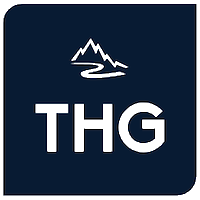How to Run an Effective Team!
A team process is like any other process – it has inputs and outputs. High performing teams have three main attributes – high task fulfillment, high team maintenance and low self-orientation.
Team members must be given the responsibility and authority to represent their part of the organization in the process. This allows the team to gain respect and knowledge and be seen to have the autonomy and authority to act in the best interests of the organization, with respect to the process they are aiming to improve.
The actual running of teams involves several factors:
Team membership and Selection
Team Objectives
Team Meetings
Team Assignments
Team Dynamics
Team Results and Reviews
The most important element of a team is its members; people with knowledge and experience relevant to the process are required, with a limit of 5-10 members, to keep the team small enough to be manageable, whilst allowing a good exchange of ideas. Team Membership and Selection should include people from groups outside the process if their involvement is essential, and sometimes starting a team with one or two people and building it up as the process becomes understood is an option.
The Team Objectives should be agreed at the beginning of the project and stated at the start of every team meeting. This enables the team members to focus thought and efforts on the aims, and minimizes distractions from other issues.
Before every Team Meeting an agenda should be prepared and circulated to each team member. It should include the venue, time and duration of the meeting, a list of expected attendees, a list of topics to be covered at the meeting, any preparatory assignments for individual members or groups, supporting material to be discussed at the meeting.
It is never possible to solve problems by meetings alone. They should result in action plans with specific tasks assigned to team members – the Team Assignments. These should be decided when the team is together and agreement reached regarding individual responsibilities and timescales, all of which must be clearly stated in the minutes of the meeting.
The interaction between team members is vital for its success. The team leader must address Team Dynamics and create a culture of creativity, remove barriers to idea generation, encourage all members to contribute and support all team members.
Teams function most effectively when the Team Results are communicated and acted upon. Team Reviews will assist team members to focus on their objectives and review progress as well as to deal with problems that may arise in teamwork.
